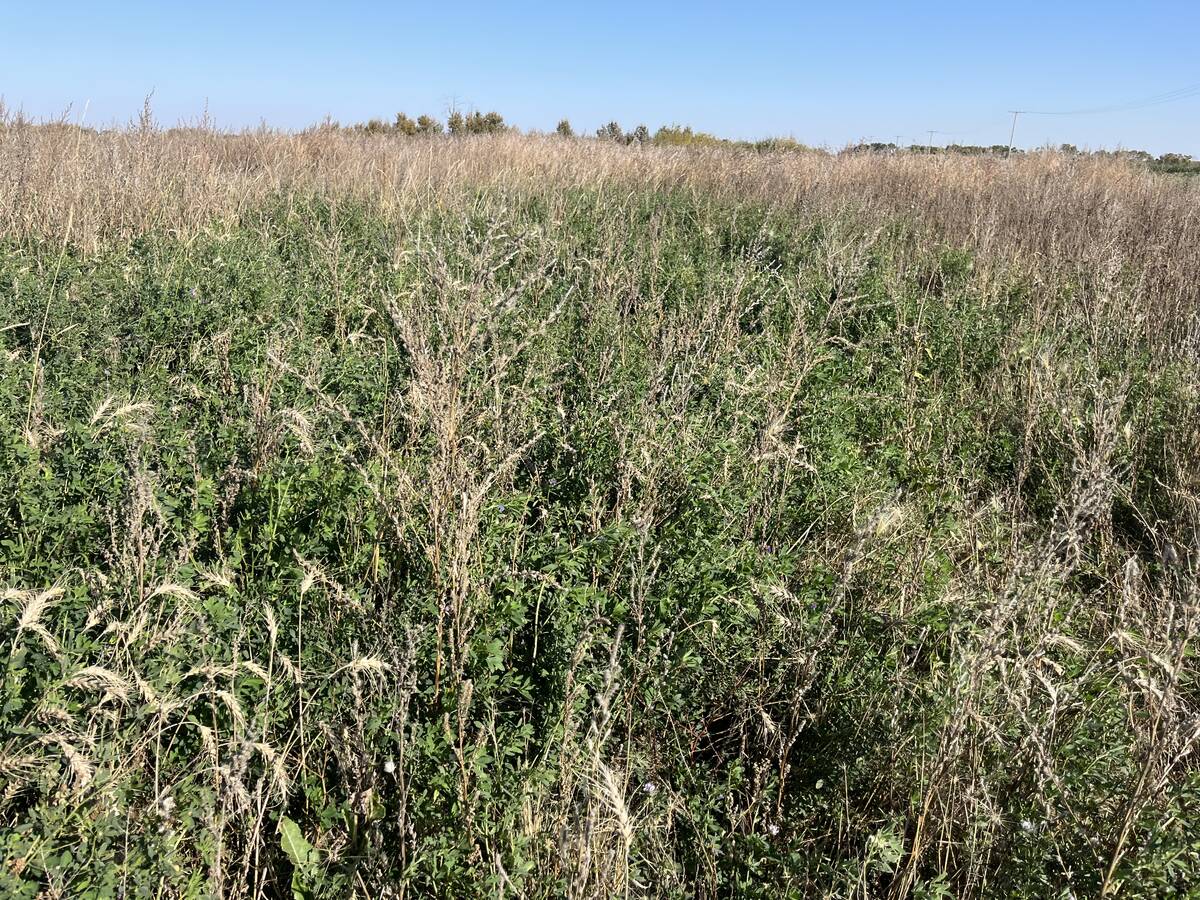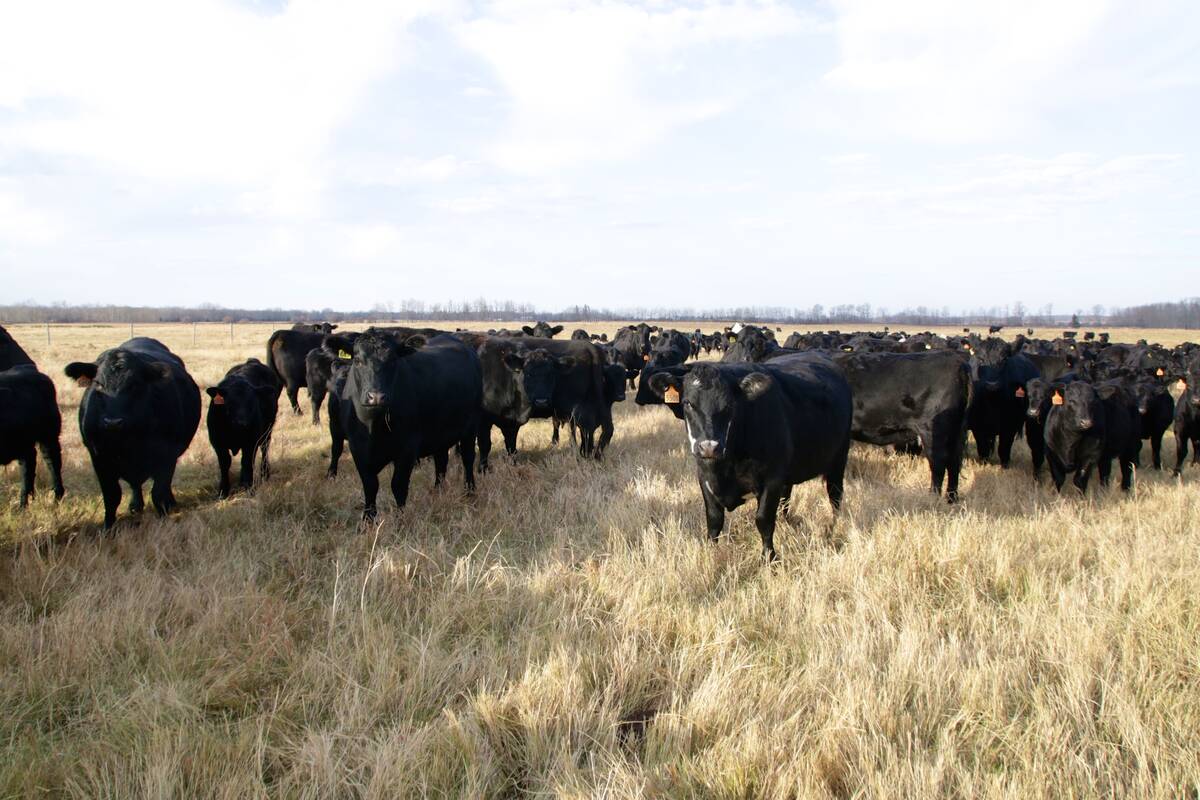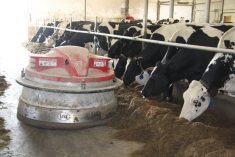On July 9, the United States announced the closure of their southern borders to cattle, bison and horses from Mexico due to the northward spread of New World screwworm in its southern neighbour.
Although this pest is not a major threat to us in Canada because of our colder climate, the outbreak of New World screwworm has some important lessons for livestock producers everywhere.
The pest is the larval form of a parasitic fly that prefers to lay its eggs on wounds or body orifices of live mammals. It can infest a wound as small as a tick bite or can lay eggs in body openings such as the corner of the eye, the nose, ears or genitalia.
Read Also

Dormant seeding forages frees up farmer time and gets ahead of weeds
Dormant seeding isn’t common practice and can appear daunting, but there are some techniques to give Manitoba farmers an edge
Dehorning or castration sites are often sites of infestation. A very common site in young calves is the navel area.
The maggots that are hatched from these eggs will only feed on living tissue of warm-blooded mammals, which is different from most of the other fly species.
There are three larval stages that develop in the wound, and these maggots can attract other blowfly species, making the infestation even worse and causing more damage to the open wound.
The larva can be visible by about the third day after hatching, and will eat live tissue for up to seven days before the larva drops off to pupate on the ground to develop into an adult fly.
There is often a bloody discharge around the wound and a very foul odour, and the wound can develop deep infested pockets.
The affected animals become depressed, go off feed and can become very ill due to secondary bacterial infections. The infestation is highly fatal if left untreated, especially in newborn calves.
Parasite control products can successfully treat animals if given early in the infestation.
It’s important to note that animal movement can carry the larva to other geographic areas, but animals do not spread the infestation directly to each other.
The screwworm fly is not particular and will lay its eggs on a wide variety of warm-blooded animals, including cattle, horses, bison, poultry, wildlife and even dogs.
The history of screwworm
This is not a new parasite for livestock in the U.S. In the late 1950s and 1960s, screwworms could be found in domestic livestock throughout much of the southern U.S.
However, through a clever control program developed by scientists at the U.S. Department of Agriculture, the country was able to declare itself free of indigenous screwworms by 1966.
The control program initiated in 1957 in Florida consisted of releasing millions of sterilized male screwworm flies into the infested areas. The female screwworm fly only mates once in her life, and if she was mated by a sterile male, she would not lay any eggs.
This innovative biological control program was very successful, and with the co-operation of Mexico and other Central American countries, they were able to drive the screwworm further and further south by advancing the sterile fly barrier.
Mexico was declared free in 1991, and it was thought that the screwworms were now only present south of the Darien Gap in Panama by 2001.
A screwworm outbreak in 2016 in the Florida Keys was confirmed in deer in a wildlife refuge, but the release of sterilized male flies again controlled the outbreak by early 2017.
Recent outbreaks
The more recent concerns began in 2023, when screwworm infestations in Panama exploded from an average of 25 cases per year to more than 6,500 cases in one year.
Since that time, the screwworm has been detected in many other Central American countries and now has been detected as far north as Veracruz, Mexico, which is less than 1,100 kilometres from the U.S. border and 600 km north of the current sterile fly dispersal.
This outbreak has caused concern for U.S. agriculture officials, and plans are being made to expand the country’s production of sterilized male screwworm flies and to shift the control program to more northern areas of Mexico.
It is also developing emergency response plans to deal with infestations should they occur again north of the border.
This outbreak shows the importance of maintaining vigilant control programs, veterinary surveillance efforts and biosecurity on farms.
As usual, animal movement may be an important factor that is driving the movement of this infestation. It also demonstrates how quickly a border can be closed due to animal health issues.















